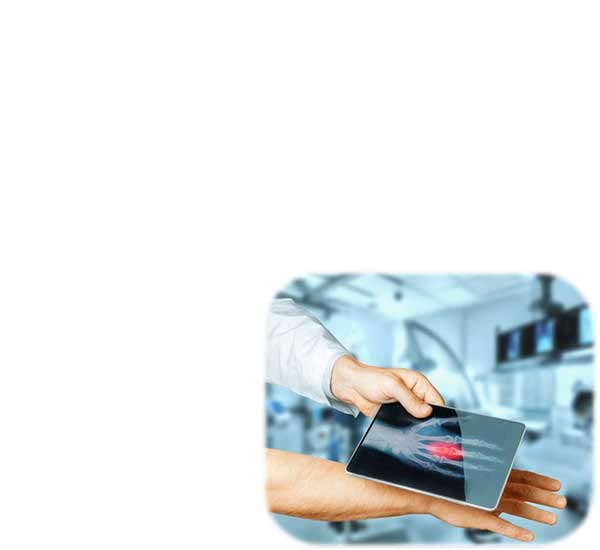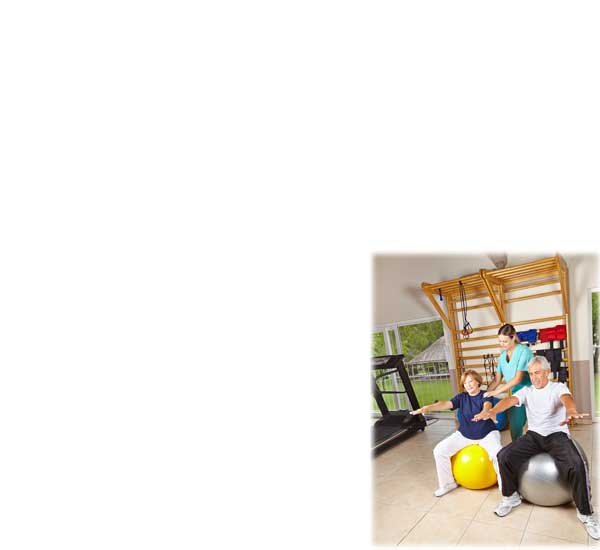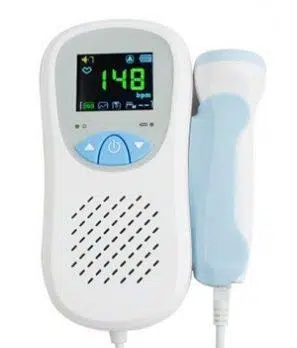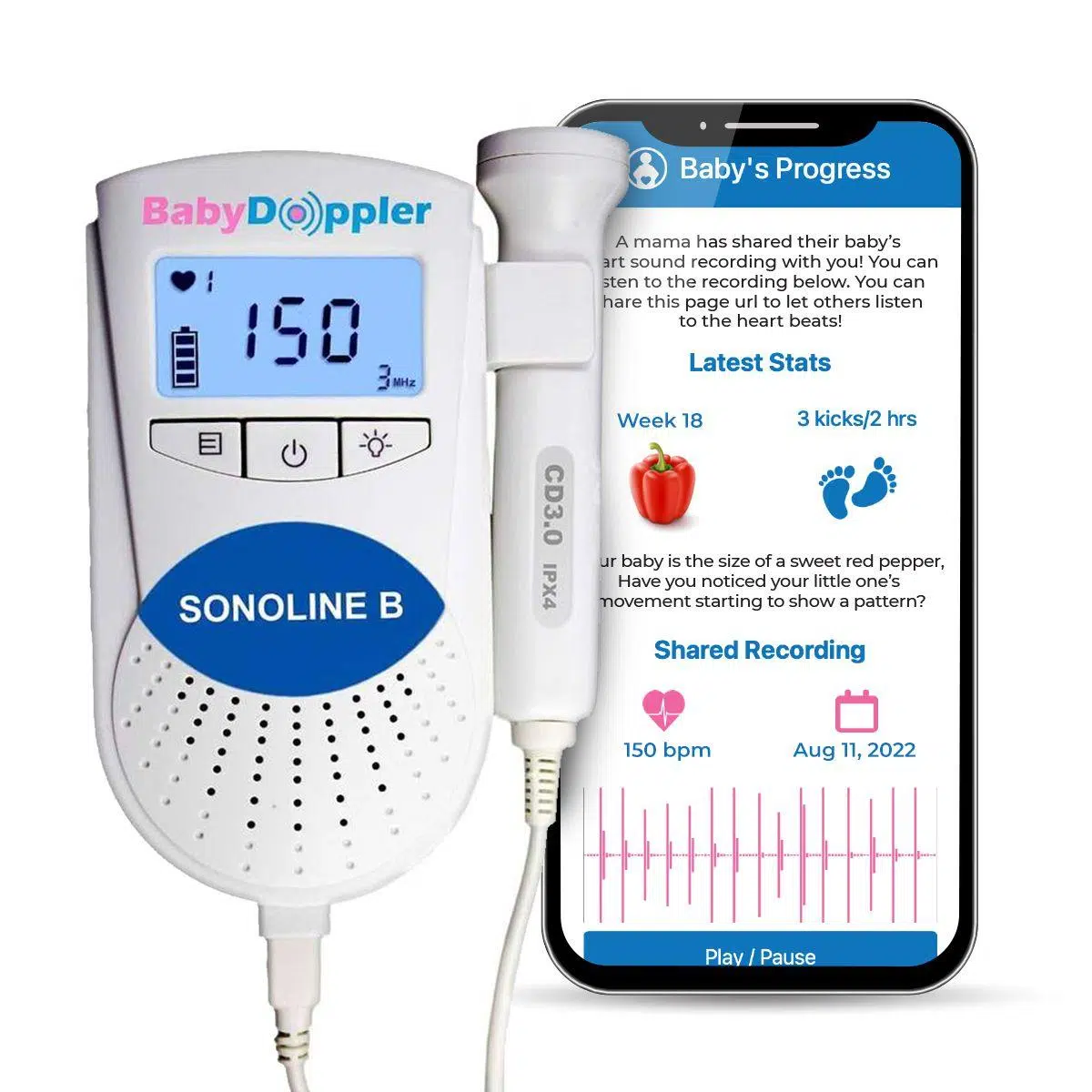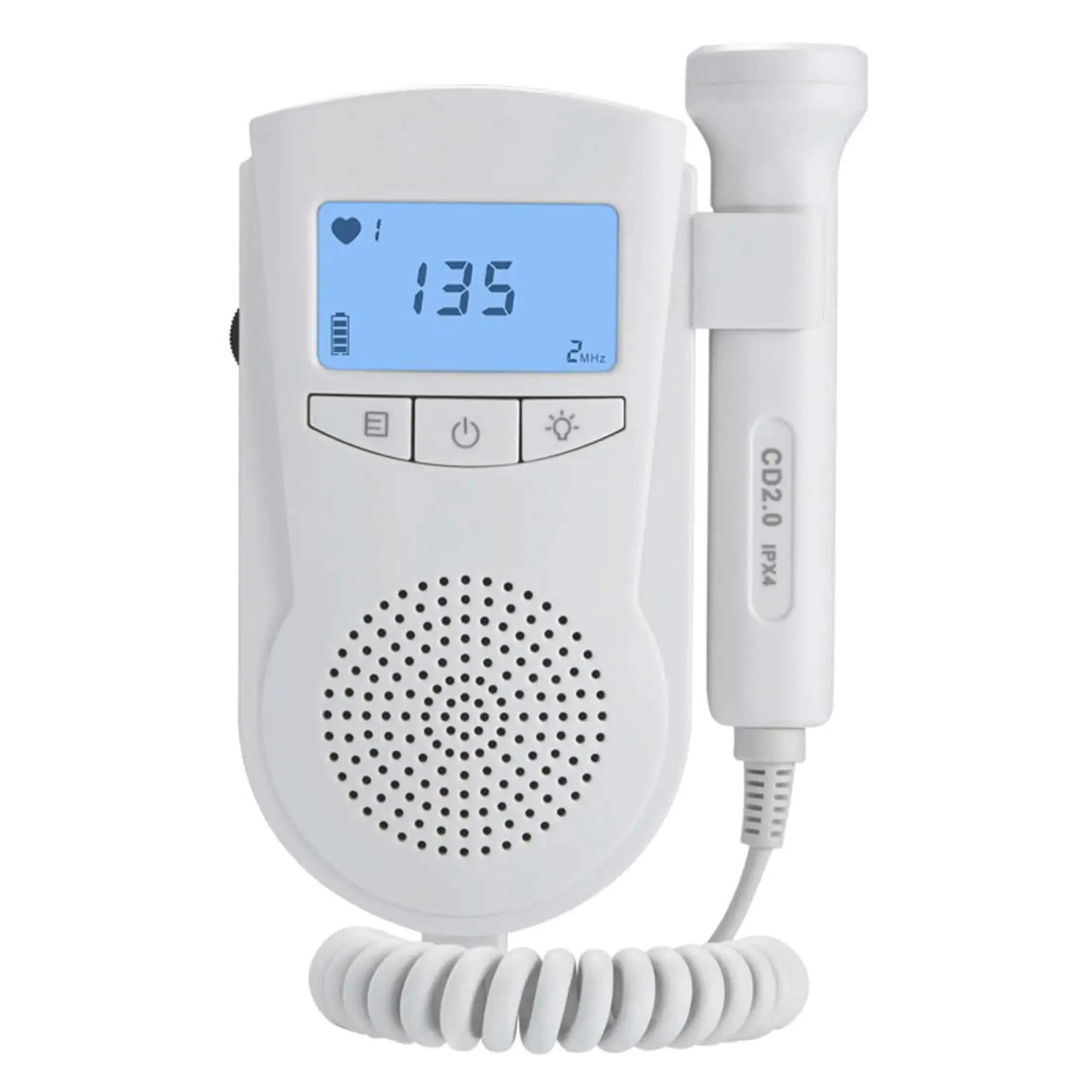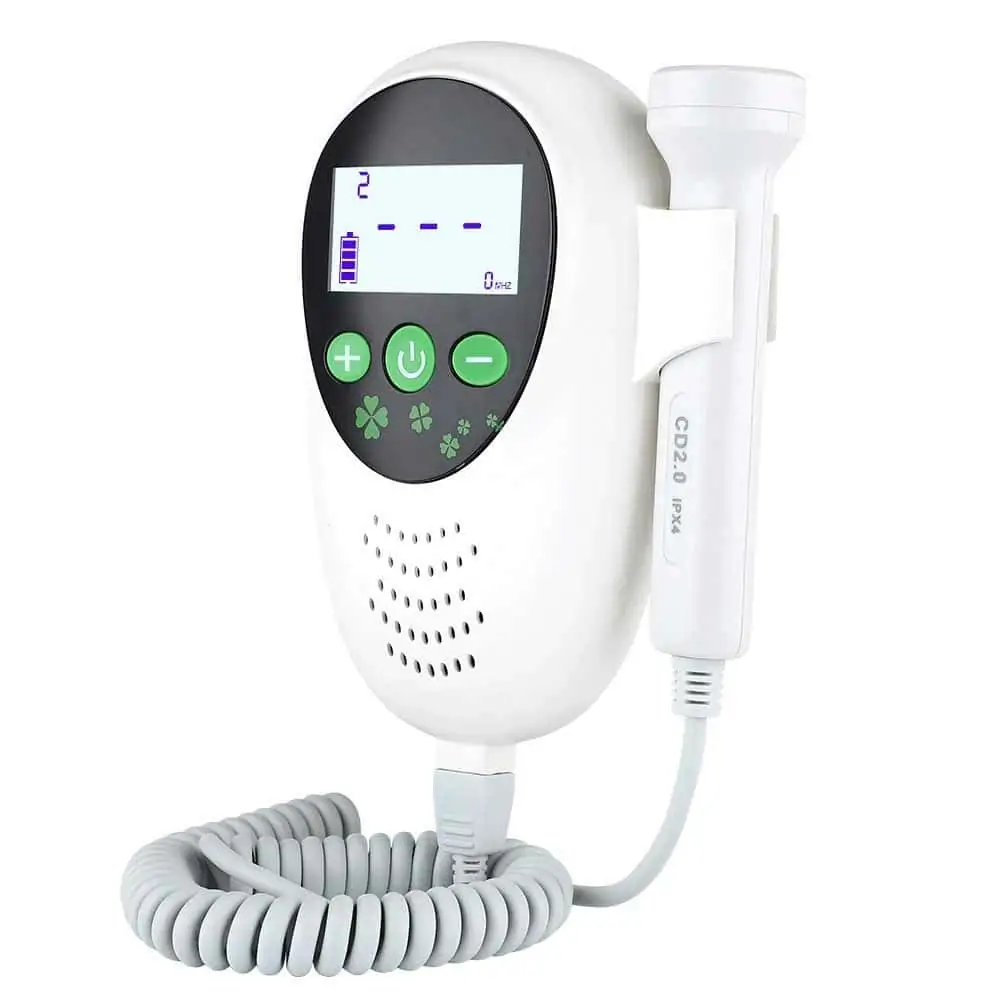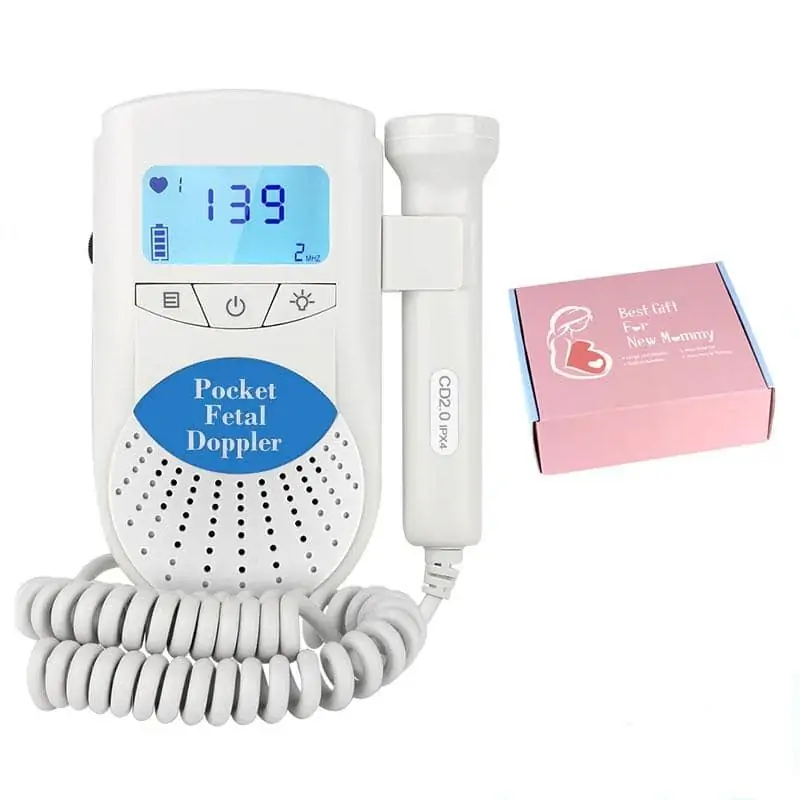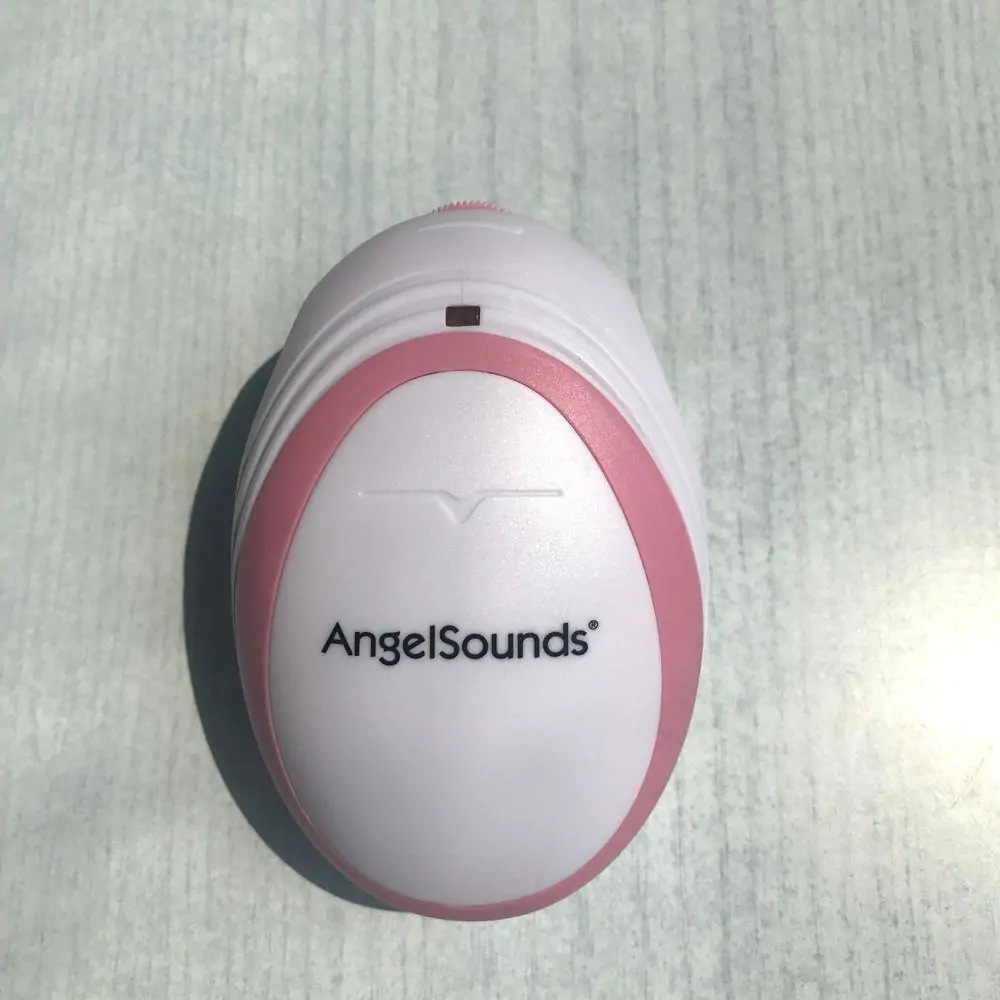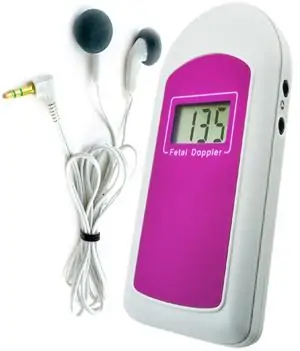Fetal Heart Doppler: A comprehensive Guide Leave a comment
Fetal Heart Doppler
Introduction
The anticipation of welcoming a new life into the world is an exciting journey for expectant parents. One of the most reassuring aspects of this journey is monitoring the baby’s heart rate. This is where the Fetal Heart Doppler comes in—a non-invasive device that allows parents to listen to their unborn baby’s heartbeat. In this comprehensive article, we will explore what a fetal heart Doppler is, its benefits, practical tips on using it, and much more.
What is a Fetal Heart Doppler?
A Fetal Heart Doppler is a handheld ultrasound device that uses sound waves to detect the fetal heartbeat. These devices are commonly used by healthcare providers but have also become popular for at-home use. The technology operates by emitting high-frequency sound waves that bounce back when they hit moving objects, like a baby’s heart. The Doppler effect transforms these sound waves into audible heartbeats that can be heard through speakers or headphones.
Fast Facts About Fetal Heart Dopplers
-
- Non-invasive: Allows monitoring without any harm to the fetus.
-
- Portable: Easy to use at home.
-
- User-friendly: Designed for both medical professionals and non-experts.
Benefits of Using a Fetal Heart Doppler
Using a Fetal Heart Doppler offers numerous advantages, especially for expecting parents. Some of these include:
1. Early Detection
-
- Monitoring Fetal Health: Regular checks can help you monitor the health of your fetus, ensuring everything is progressing normally.
2. Emotional Reassurance
-
- Bonding Experience: Listening to the heartbeat can create a deep emotional connection and provide reassurance about the baby’s well-being.
3. Non-Invasive Method
-
- Safe and Painless: This method poses no risk to either the mother or the child, making it a safe choice for regular monitoring.
4. Convenience
-
- Home Use: With a personal Doppler, parents can monitor their baby’s heart rate at their convenience without needing to visit a healthcare provider.
How to Use a Fetal Heart Doppler
Using a Fetal Heart Doppler is simple, but proper technique is essential for accurate readings. Here’s a step-by-step guide:
Step-by-Step Instructions
-
- Choose the Right Time: Optimal times to use the Doppler are during a quiet moment, typically during the second and third trimesters.
-
- Find a Comfortable Position: Lie down in a comfortable position (preferably on your back) in a quiet room.
-
- Apply Gel: Use a water-based ultrasound gel on your belly. This gel helps in transmitting sound waves more effectively.
-
- Turn on the Device: Power on the Doppler and set it to the appropriate mode.
-
- Explore: Move the Doppler in a side-to-side motion across your belly to locate the heartbeat. The position of the baby affects where you can hear the heartbeat most clearly.
-
- Listen: Once found, you can listen to the heartbeat. Note that normal fetal heart rates range from 120 to 160 beats per minute (bpm).
Quick Reference: Normal Fetal Heart Rate by Trimester
| trimester | Average Heart Rate (bpm) |
|—————-|—————————-|
| First Trimester| 90-150 bpm |
| Second Trimester| 120-160 bpm |
| Third Trimester | 120-160 bpm |
Practical Tips for Expecting Parents
To maximize your experience with the Fetal Heart Doppler, consider these practical tips:
-
- Practice Patience: Don’t be discouraged if you can’t find the heartbeat immediately—sometimes it takes time, especially early in the pregnancy.
-
- Stay Calm: If you can’t hear the heartbeat, try again later. Stress can reduce the effectiveness of the device.
-
- consult When in Doubt: Always consult with your healthcare provider if you have concerns about your baby’s health or if you cannot detect the heartbeat after multiple attempts.
Personal Experiences: parents Share Their Journey
Many parents have found comfort in the knowledge provided by the Fetal Heart Doppler. Here are a few personal stories:
Case Study 1: Emily and Mike
Emily and Mike were anxious first-time parents. After purchasing a Fetal Heart Doppler, they were thrilled to hear their baby’s heartbeat at just 10 weeks. “I felt a wave of relief wash over me. Knowing my baby was okay made the world feel brighter,” Emily shared.
Case Study 2: Sarah’s Journey
Sarah experienced a high-risk pregnancy and was under close medical supervision. To ease her anxiety, she regularly used a Doppler at home. “It became part of my daily routine. Each heartbeat filled me with hope and supported my mental well-being,” she reflected.
Safety Considerations When Using Fetal Heart Dopplers
While Fetal Heart Dopplers are generally safe, there are some considerations to keep in mind:
-
- Limit Usage: it’s advised not to overuse the device—intermittent checks are sufficient.
-
- Follow Guidance: Always consult with a healthcare provider for guidance on how often to use the device.
-
- understand Limitations: A Doppler should not replace professional medical assessments.
Conclusion
The Fetal Heart Doppler is a wonderful tool for expecting parents, providing peace of mind and fostering a deeper connection with their unborn baby. By understanding how to use it effectively and embracing the experience, parents can alleviate anxieties while enjoying the lovely journey of pregnancy. Remember, while a Doppler is a fantastic resource, it doesn’t replace the critical assessments provided by healthcare professionals. Always feel free to reach out to your doctor with any concerns or uncertainties regarding your pregnancy.
Incorporating the Fetal Heart Doppler into your pregnancy routine can be a joyful experience, offering a window into your baby’s world. Embrace this journey, and enjoy every heartbeat along the way!



